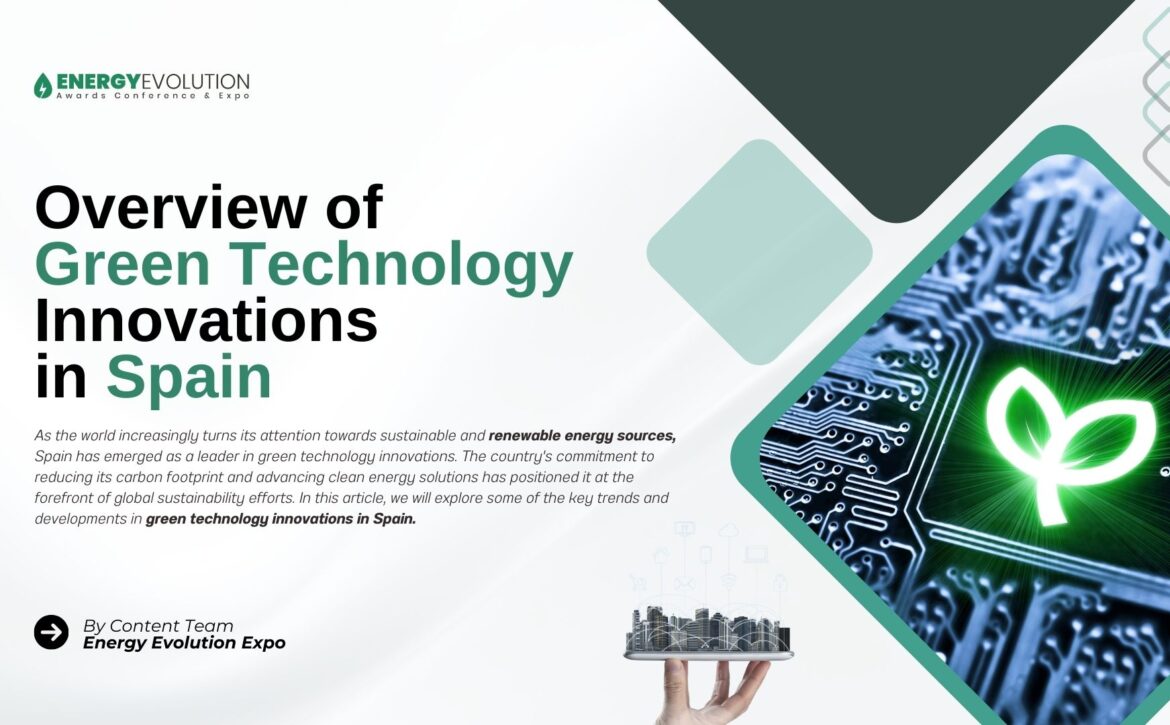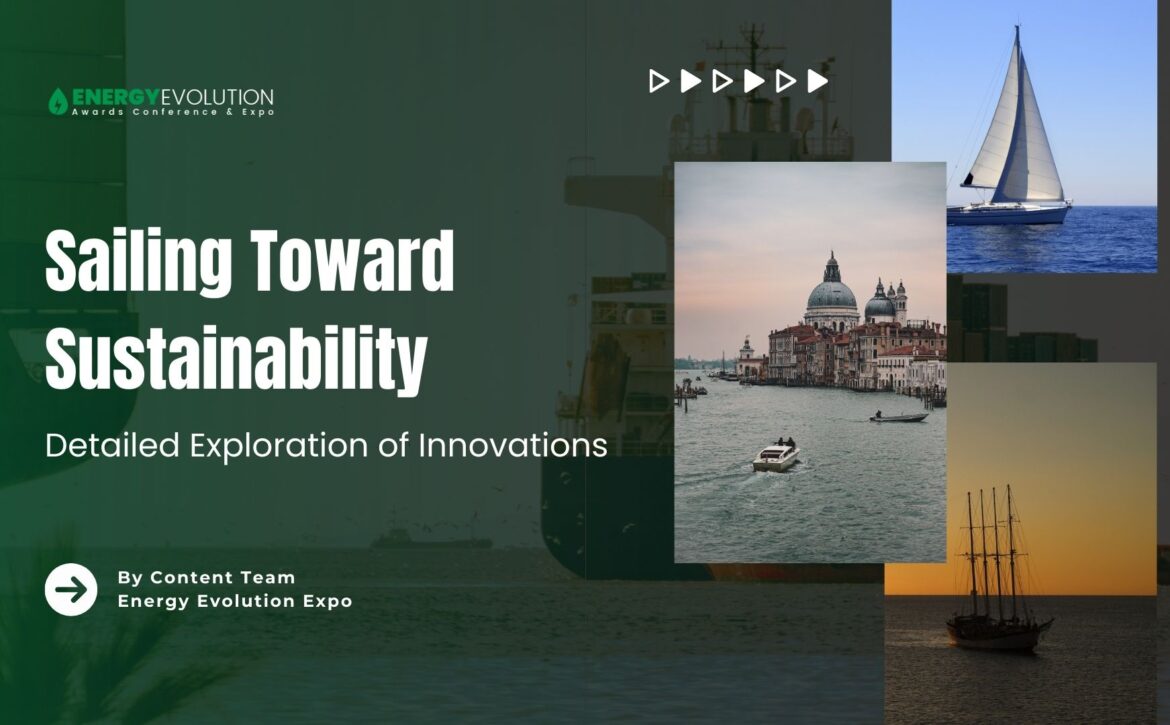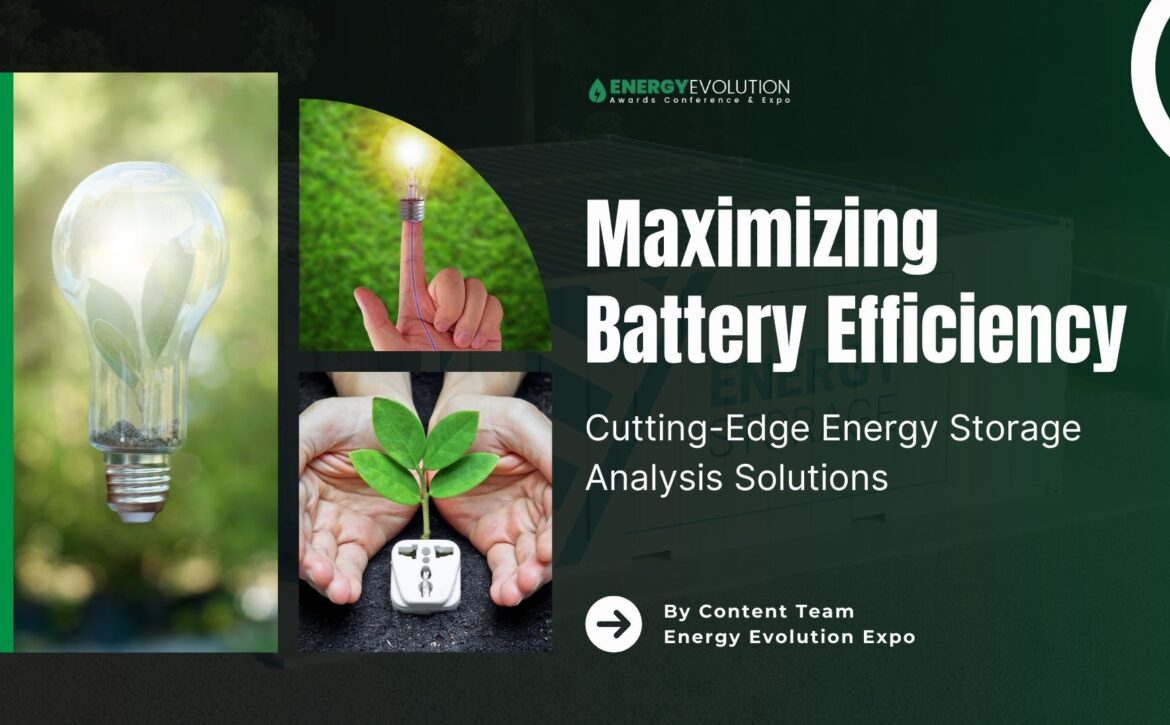The renewable energy sector has long been dominated by traditional three-blade horizontal-axis wind turbines (HAWTs). However, cylindrical wind turbines, also known as vertical-axis wind turbines (VAWTs), are gaining traction due to their potential advantages in various applications. These innovative turbines offer unique benefits that make them suitable for a wide range of environments, from urban areas to remote locations. This blog explores the design, benefits, and real-life examples of cylindrical wind turbines shaping the future of renewable energy.
Understanding Cylindrical Wind Turbines
Understanding Cylindrical Wind Turbines
Cylindrical wind turbines are a type of vertical-axis wind turbine (VAWT) characterized by their cylindrical shape and vertical axis of rotation. Unlike traditional HAWTs, which rotate around a horizontal axis and need to be oriented into the wind, cylindrical wind turbines can capture wind from any direction.
Key Benefits of Cylindrical Wind Turbines
1. Omnidirectional Wind Capture
Cylindrical wind turbines can capture wind from any direction, eliminating the need for a yaw mechanism to orient the turbine into the wind. This feature makes them highly efficient in variable wind conditions. The ability to capture wind from any direction is particularly advantageous in urban areas or regions with turbulent wind patterns.
Traditional HAWTs require precise alignment with the wind direction to operate efficiently, which necessitates complex and often costly yaw systems. In contrast, the simplicity of cylindrical turbines allows them to harness wind energy more consistently and with fewer mechanical complications.
2. Compact Design
These turbines typically have a smaller footprint and lower height than HAWTs, making them suitable for urban and residential settings where space is limited and aesthetic considerations are important. The compact design of cylindrical wind turbines allows them to be installed in places where traditional turbines would be impractical or visually obtrusive.
For example, they can be mounted on rooftops, integrated into building designs, or placed in small community spaces. This versatility opens up new possibilities for decentralized energy generation, bringing renewable energy closer to the point of consumption and reducing transmission losses.
3. Lower Noise Levels
Cylindrical turbines often operate more quietly than traditional wind turbines, making them more acceptable in noise-sensitive areas such as residential neighborhoods and urban centers. The noise generated by traditional HAWTs can be a significant concern, leading to opposition from local communities. Cylindrical wind turbines, with their slower rotational speeds and smoother operation, produce significantly less noise. This characteristic makes them suitable for installation in noise-sensitive areas like schools, hospitals, and residential areas, where maintaining a quiet environment is crucial.
4. Reduced Wildlife Impact
The design of cylindrical turbines poses less risk to birds and bats compared to the fast-moving blades of HAWTs, addressing environmental concerns related to wildlife. The impact of wind turbines on wildlife, particularly birds and bats, is a well-documented issue with traditional HAWTs. Cylindrical wind turbines, with their slower-moving blades and different rotor design, present a lesser threat to flying animals. This reduced wildlife impact makes them a more environmentally friendly option, aligning with the broader goals of sustainability and conservation in renewable energy development.
5. Simplified Maintenance
With components located closer to the ground, cylindrical turbines can be easier and safer to maintain, reducing operational costs and downtime. Maintenance and repair of traditional HAWTs can be challenging and costly due to the height and complexity of the turbines. Cylindrical wind turbines, however, have their critical components positioned closer to the ground, making them more accessible for routine maintenance and emergency repairs. This accessibility translates to lower maintenance costs and less downtime, improving the overall economic feasibility of the wind energy project.
Innovations and Real-Life Applications of Cylindrical Wind Turbine Technology
Innovations and Real-Life Applications of Cylindrical Wind Turbine Technology
1. Helix Wind: Helical Cylindrical Turbines
Helix Wind, based in San Diego, California, has developed a helical cylindrical wind turbine design that maximizes efficiency and aesthetics. The helical shape allows for smoother and more consistent wind capture, reducing turbulence and increasing energy output. Helix Wind’s S322 and S594 models are designed for urban environments, offering a visually appealing solution that integrates seamlessly with buildings and landscapes.
2. Urbine: Urban Wind Solutions
Urbine, located in Los Angeles, California, specializes in cylindrical wind turbines tailored for urban applications. Their turbines are designed to be installed on rooftops, providing decentralized energy solutions for residential and commercial buildings. Urbine’s unique design includes noise-reducing features and advanced materials that enhance durability and performance in diverse weather conditions.
3. Windspire Energy: Efficient and Reliable Turbines
Windspire Energy, based in Reno, Nevada, focuses on vertical-axis wind turbines with a sleek, cylindrical design. Their turbines are engineered for efficiency and reliability, making them suitable for small-scale and community wind projects. Windspire’s turbines are equipped with integrated inverters and grid-connectivity features, allowing for easy installation and seamless integration with existing energy systems.
4. Eole Water: Wind and Water Solutions
Eole Water, from Sainte-Tulle, France, combines cylindrical wind turbines with water extraction technology to provide clean water and renewable energy in remote and arid regions. Their innovative turbines generate electricity while simultaneously extracting moisture from the air to produce potable water. Eole Water’s WMS1000 turbine has been successfully deployed in areas like the United Arab Emirates, providing a sustainable solution for both energy and water scarcity.
5. QuietRevolution: Urban Wind Turbines
QuietRevolution, located in London, United Kingdom, has developed the QR5, a cylindrical wind turbine designed for urban environments. The QR5’s helical design minimizes noise and vibration, making it suitable for installation in densely populated areas. The QR5 turbines have been installed in various locations across the UK, including the Olympic Park in London, where they contribute to the site’s renewable energy goals while blending aesthetically with the urban landscape.
6. Urban Green Energy (UGE): Compact Urban Solutions
Urban Green Energy (UGE), based in New York City, USA, specializes in cylindrical wind turbines designed for urban environments. Their VisionAIR3 model is tailored for rooftop installations, providing a decentralized energy solution for buildings. UGE’s VisionAIR3 turbines have been deployed in various cities worldwide, including installations on the rooftops of commercial buildings in China and South Korea, helping to reduce their carbon footprint and reliance on grid power.
7. Iberdrola: Integration of Vertical Wind Turbines
Iberdrola, one of the largest energy companies in Europe, has been experimenting with cylindrical wind turbines for urban applications. Their projects focus on integrating these turbines into existing urban infrastructure to maximize renewable energy production in cities. Iberdrola’s pilot projects in cities like Madrid and Barcelona have demonstrated the feasibility of using cylindrical wind turbines to supplement traditional energy sources, contributing to the cities’ sustainability goals.
8. SD Wind Energy: Versatile Wind Solutions
SD Wind Energy, located in Scotland, United Kingdom, manufactures cylindrical wind turbines designed for a variety of environments, from rural to urban areas. Their SD6 model is known for its durability and efficiency in capturing wind energy. SD Wind Energy’s turbines have been installed in multiple locations across Europe and Asia, including remote islands in Japan and rural communities in Scotland, providing reliable and sustainable power.
9. Wind Harvest International: Innovative Turbine Arrays
Wind Harvest International, based in the Philippines, focuses on developing cylindrical wind turbine arrays that can be deployed in regions with moderate wind speeds. Their technology is designed to work efficiently in areas where traditional wind turbines are less effective. Wind Harvest International has successfully implemented its turbine arrays in various locations across the Philippines, providing communities with a stable and renewable source of energy while reducing reliance on imported fossil fuels.
Challenges and Future Prospects
While cylindrical wind turbines offer numerous advantages, they also face challenges such as lower efficiency compared to traditional HAWTs and higher costs for some designs. However, ongoing research and development are addressing these issues, improving the performance and economic viability of cylindrical turbines. As technology advances, cylindrical wind turbines are expected to play a more significant role in the renewable energy mix, particularly in urban and off-grid applications where traditional turbines are less suitable.
Cylindrical wind turbines represent a promising advancement in wind energy technology. Their ability to capture wind from any direction, coupled with a compact and quiet design, makes them ideal for a variety of settings. With innovative companies like Helix Wind, Urbine, Windspire Energy, and others leading the way, cylindrical wind turbines are poised to make a significant impact on the future of renewable energy.
As these technologies continue to evolve, they will help drive the transition towards a more sustainable and resilient energy system. We need to keep up with all recent innovations to reap maximum benefits and to facilitate a better understanding of the latest developments and trends in the Renewable energy Industry, various Conferences and Expos, which bring Industry leaders together, serve as an all-inclusive platform.
The Energy Evolution Awards, Conference, and Expo organized by Next Business Media is making its debut in Spain in 2025. It will be a leading forum dedicated to honoring excellence in Energy Technology, showcasing innovations, and fostering collaborations. The events unite industry leaders, and visionaries to explore the latest advancements, tackle key challenges, and shape the future of Energy.
The Energy Evolution Awards, Conference, and Expo will celebrate outstanding achievements, promote sustainable practices, and drive the Energy Industry forward into a technologically advanced sustainable era. Energy Evolution Awards, Conference, and Expo will be a platform for cultivating innovation and shaping a brighter, more efficient energy landscape.
Cylindrical Wind Turbines: A Revolution in Wind Energy














